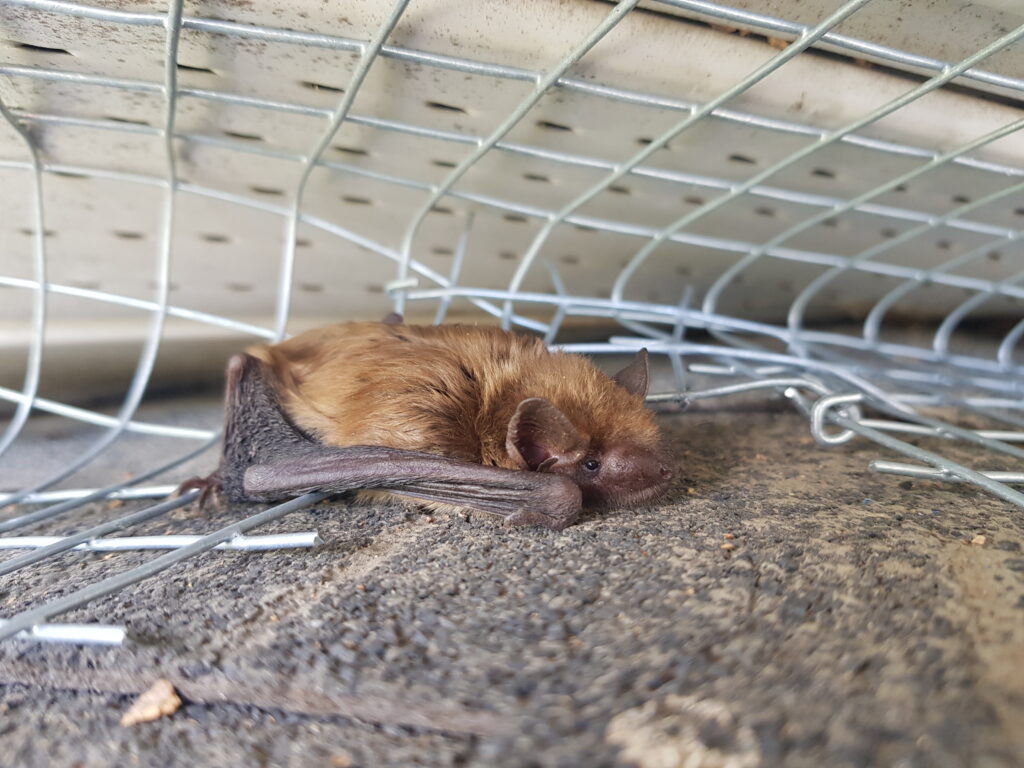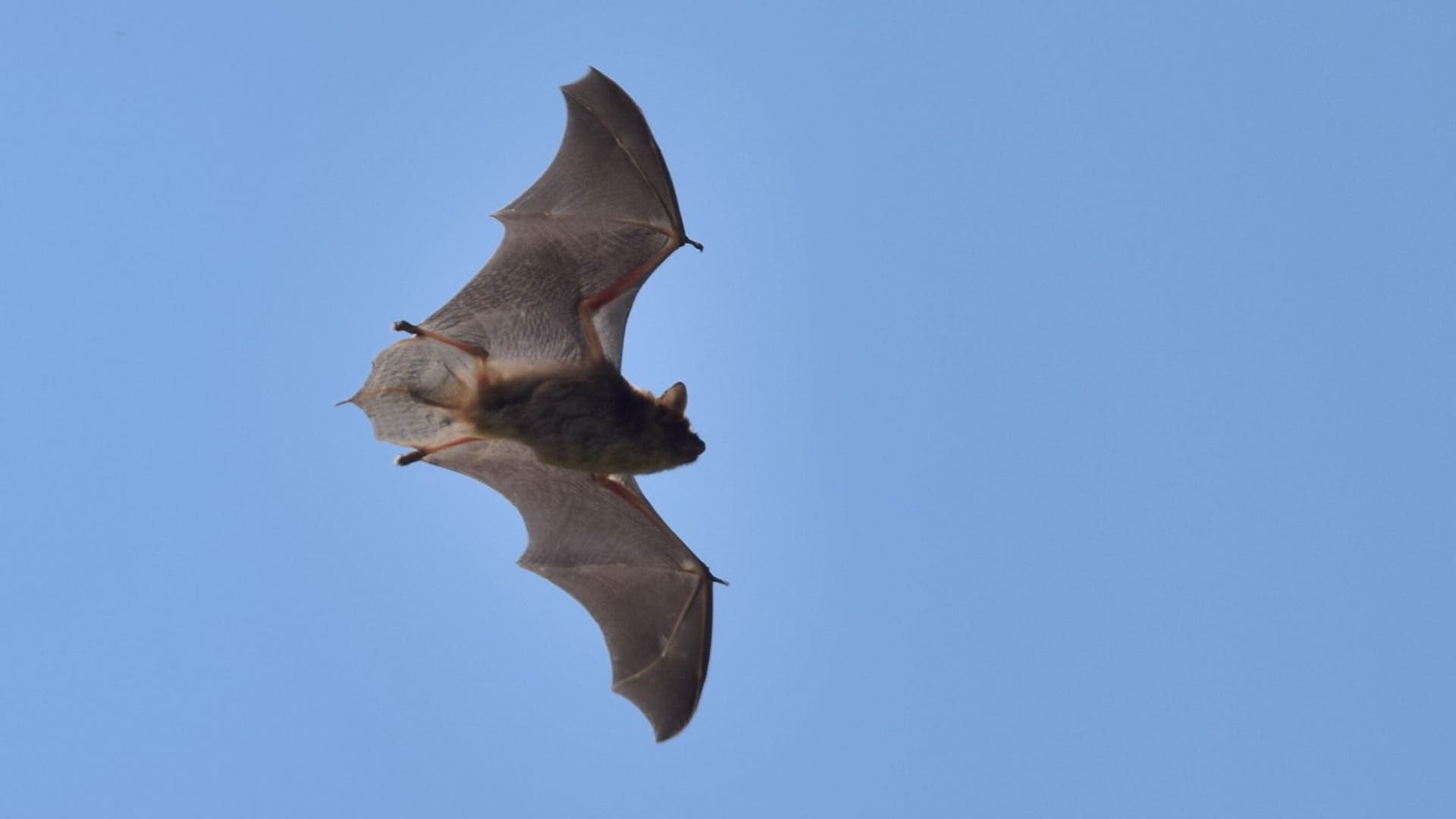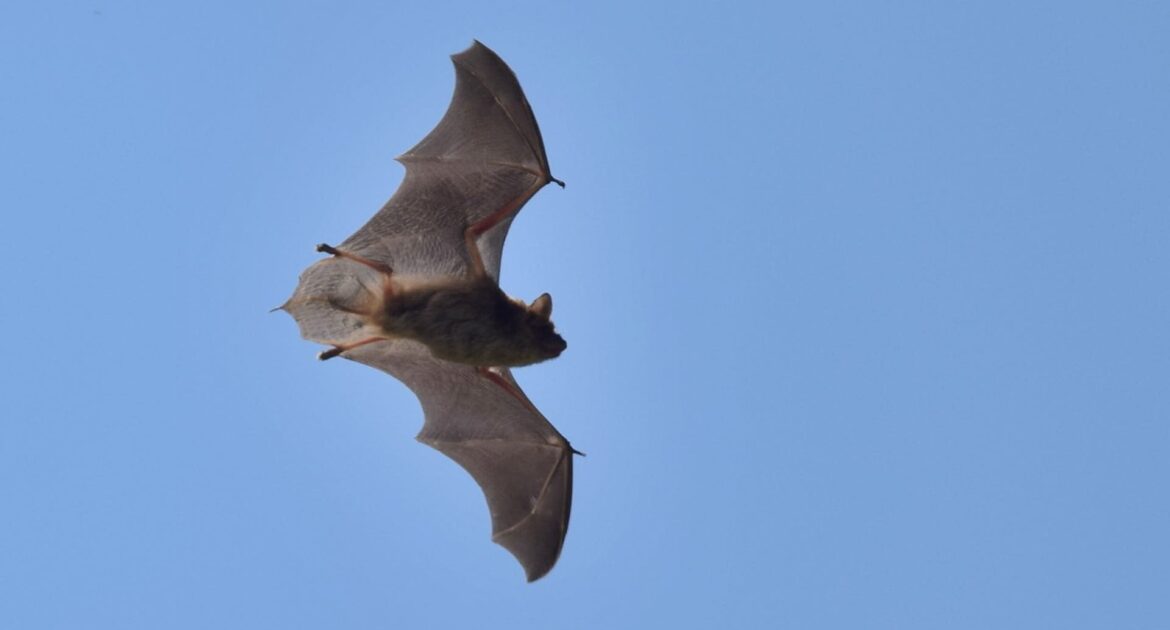Most people don’t think much about bats. Since the world’s only flying mammals are nocturnal and elusive, few humans know much about their habits, diet and lifestyle until they inadvertently encounter bats in the house. If you live in the U.S. or Canada, fear not. Bats are unlikely to bite you intentionally, though you should always keep a safe distance. Here’s how bats get by in the wild.
How Many Species of Bats Are There?
Before we explore bat diets, it’s important to explain that there are over 1,400 species of bats in the world.
Because there are so many, some species are extremely distinctive in appearance. Flying foxes, for example, are jungle-dwelling bats with a wingspan of nearly a meter and a half, or 5 feet. This may sound like nightmare fuel, but it’s important to note that they are quite docile and exclusively feed on fruit.
The three extant species of vampire bats, on the other hand, each feed exclusively on blood. While this is terrifying in concept, they are usually quite harmless, feeding mostly on livestock animals and wild mammals. The only true danger vampires pose to humans is the risk of rabies transmission. Fortunately, they all live in Central and South America, so residents of the U.S. and Canada need not worry.
Which Bats Live in the United States and Canada?
The current count in the U.S. is 47 species. Because of its northern climate, Canada has only 18. The most common bat in Canada is the little brown bat, an aptly named species that weighs around 9 grams. Each Canadian species feeds solely on insects, and this makes them extremely important for controlling pest bugs like mosquitos and grasshoppers.
Recently, North American bats have been exposed to a devastating fungal infection called white-nose syndrome. The infection is spreading rapidly across the continent and can kill the vast majority of affected animals in a colony. Because they’re so good at controlling harmful insects like mosquitoes, researchers are now hard at work trying to preserve unaffected populations.

How Do Bats Find Food?
Depending on the species in question, they use one of several techniques to locate meals. Bats that rely on fruits use keen eyesight to find food. Once they find what they want, they chew on flowers, fruits, sap and even leaves to extract nutritious juices. In most places where they live, fruit bats subsist on an extremely wide variety of plant species.
Vampire bats use both vision and echolocation to find prey. Once they’ve crept up on a suitable target, they use infrared sensors on their noses to find suitably wide veins underneath the target animal’s skin. As they chow down, vampires secrete a kind of anesthetic so their victims don’t feel the pain of a bite.
Insect-eating species have perhaps the most impressive hunting skills of all because of their ability to take prey directly out of the sky. By sending extremely high-pitched sounds into the air, animals can determine both the locations and trajectories of flying insects. With this information, they fly in a path to intersect them.
Bat Removal in Coquitlam
If you’ve found a colony in your home, you should call a professional wildlife expert immediately. Due to the legal and environmental considerations you need to be aware of, you should never attempt to carry out an eviction on your own. It is illegal to remove animals during the pup-rearing season, and you may have to wait until later to host a full removal. An expert at Skedaddle Humane Wildlife Control can ethically evict your uninvited guests or help prevent your home from being colonized further as you wait for the right time. Call Skedaddle today.




